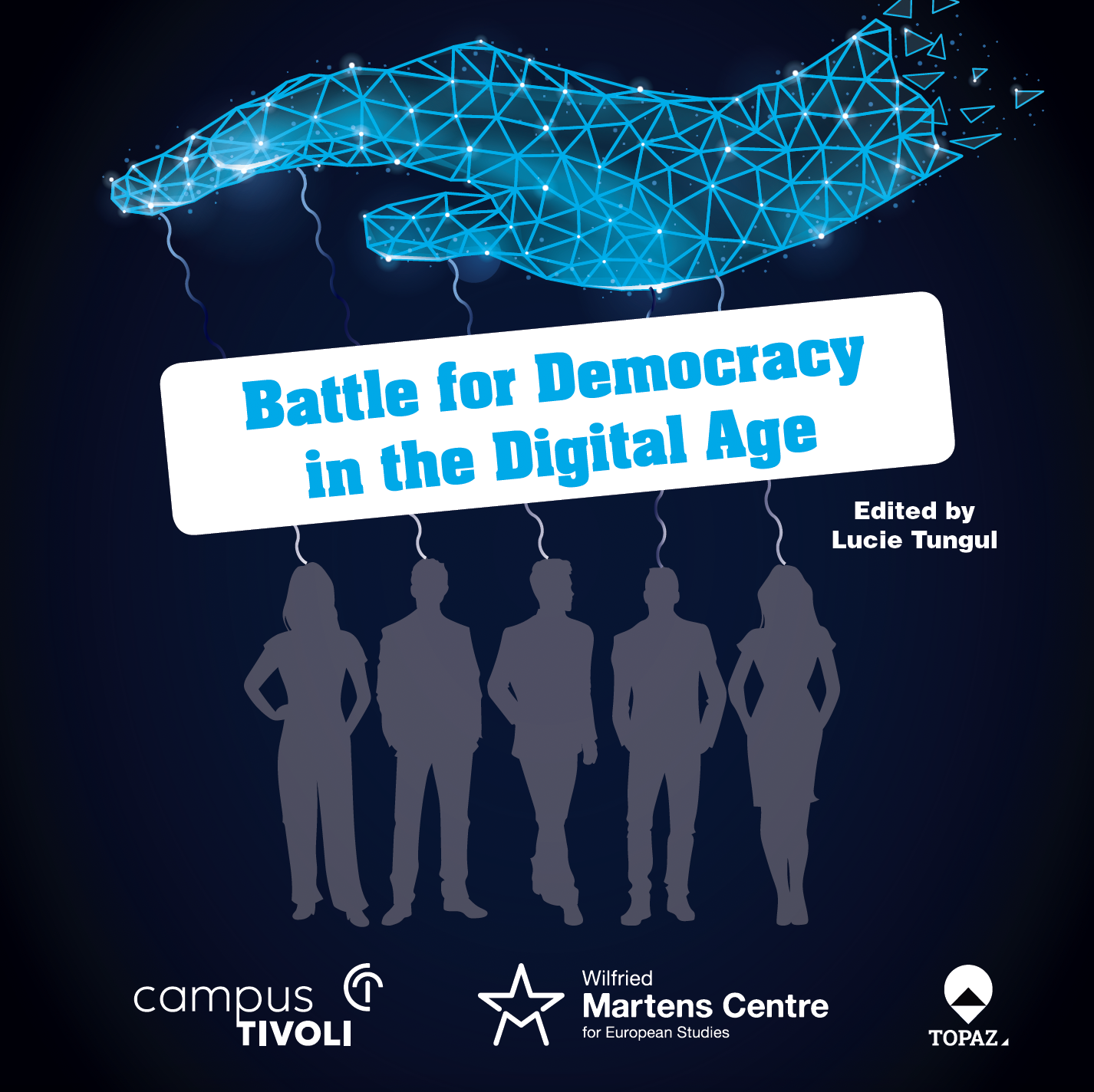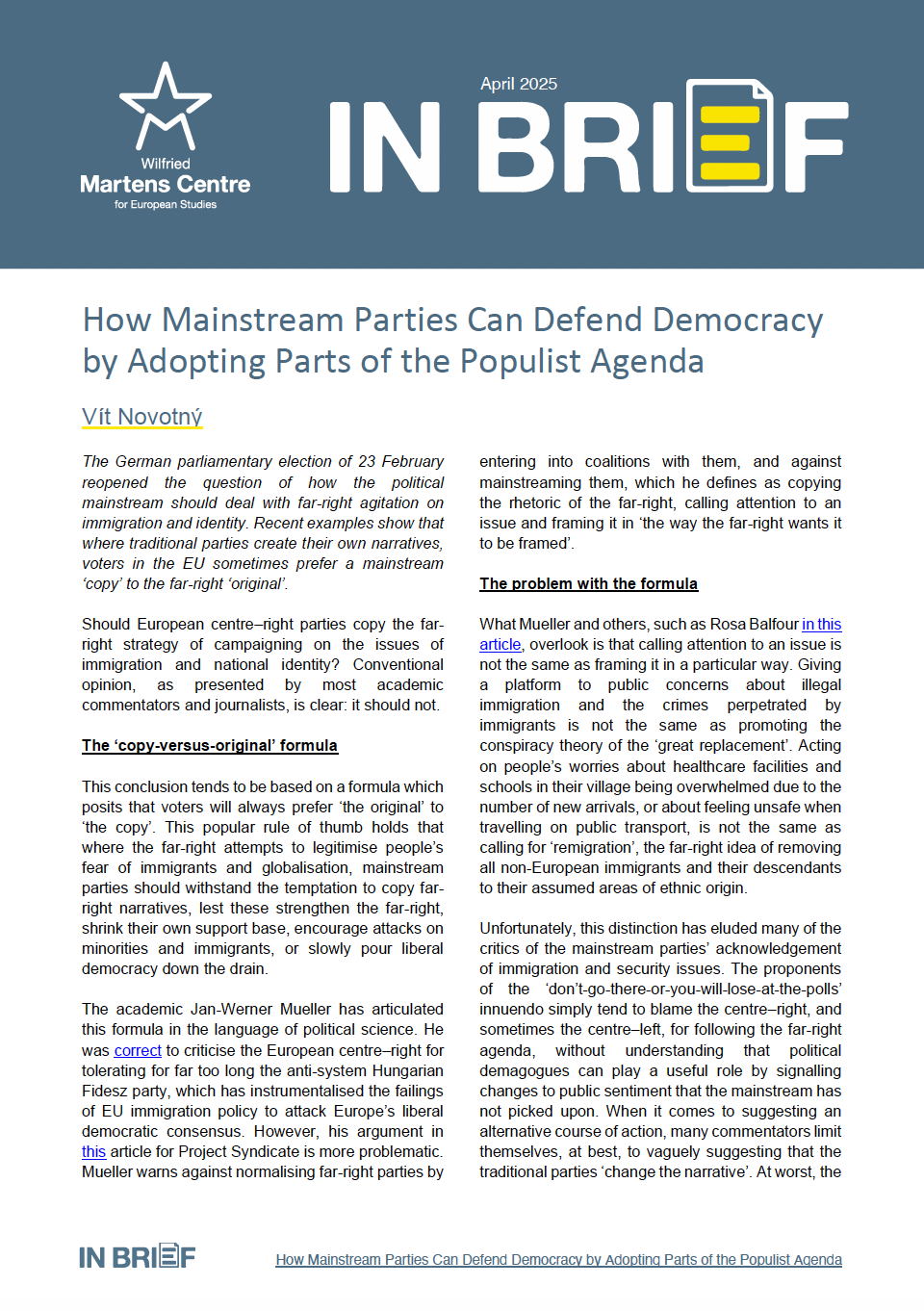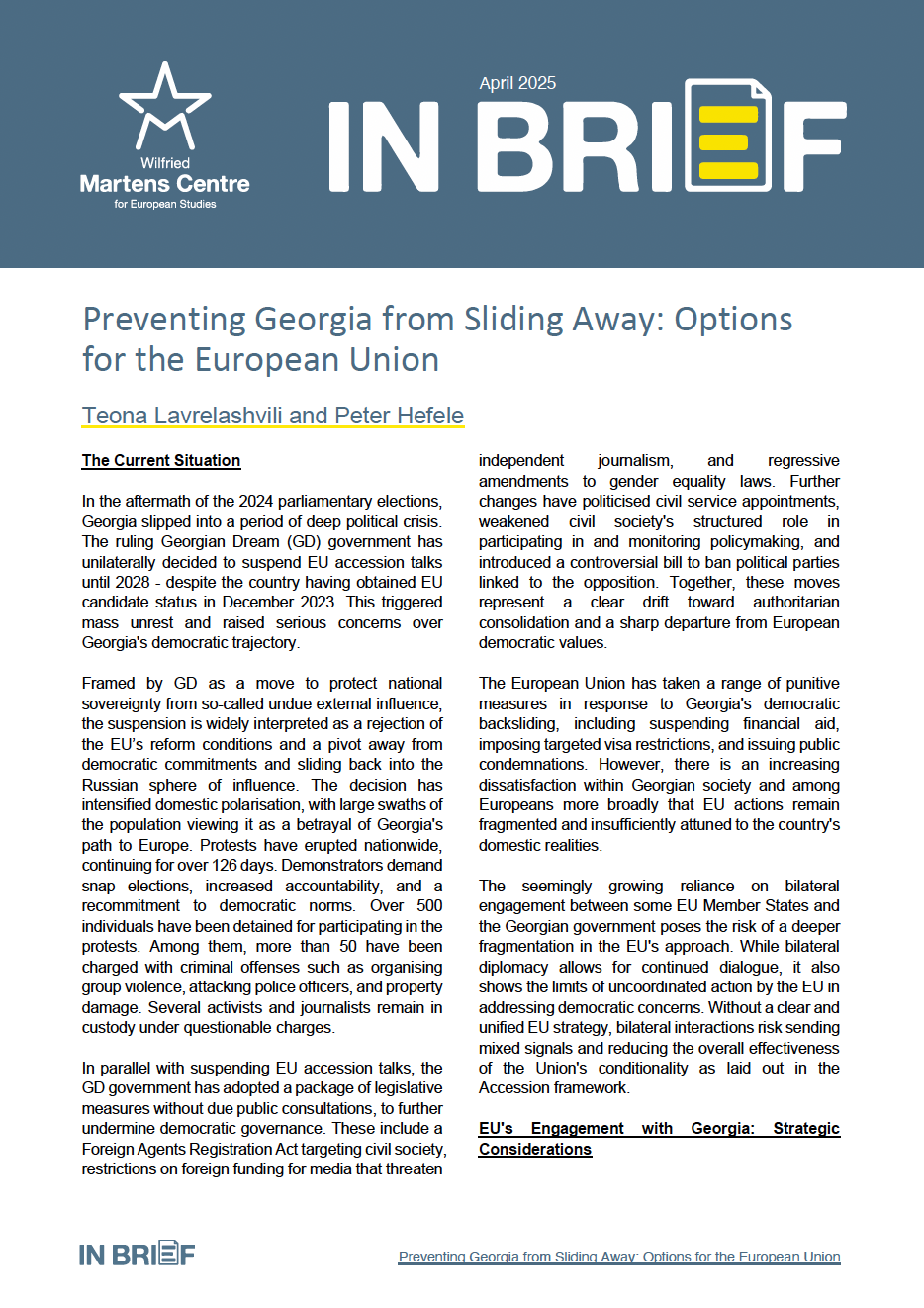Did the Tiananmen Square protests lead to more democracy in China?
05 June 2014
Yesterday, we commemorated the 25th anniversary of the Tiananmen Square protests of 1989, or as it is called in Chinese, the 4th of June incident (六四事件). That day marks a turning point in Chinese history as much as the year 1989 has been a crucial turning point in world history. On that date a student-led occupation of Tiananmen Square, which had been ongoing for seven weeks, was stopped.
The protest was triggered by the death of former Communist Party of China (CPC) General Secretary Hu Yaobang in April 1989. Students took to the streets to voice their criticism of the high level of corruption in politics and demanded political change in favour of a more liberal system. The Chinese government has condemned the protests to this day as a ‘counter-revolutionary riot’, and has prohibited all forms of discussion or remembrance of the event since. But did the Tiananmen Square protests nevertheless have a long-lasting impact, and led to some democratic progress in China?
One of the most recognised photographs of these protests in Western media is that of a lone man facing tanks driving out of Tiananmen Square. It does not just symbolise a protest movement that didn’t stop despite the fact that several hundred people were killed by armed forces the day before, but also the fact that ever since the 4th of June 1989, the CPC has been acting out of fear of a repetition of such political protests. In the following years, the CPC decisively implemented economic reforms but combined these with political oppression. These driving forces of Chinese politics can still be witnessed in every day policy decisions. Party officials are eager to appeal to the masses through the recently introduced anti-corruption campaign and economic reform package by President Xi Jinping. These steps are part of an effort to achieve political legitimacy through performance.
The political aftermath of Tiananmen therefore has become a political paradox in the eyes of Western observers: free markets combined with a hindered free will, a toothless and powerless justice system, and an oppressed national media. Apart from this general impact, two different trends over the last five years show that ideas of democratic participation still exist in China and find their roots in the Tiananmen Square protests.
The first one is the increasing internet access and use that has led to more public pressure regarding certain policy issues, such as transparent budget spending and environmental pollution. Local party officials are being scrutinised by the public and there have been several cases where such pressure led to resignations of officials because of corruption. As a consequence, the costs to the Chinese government to maintain stability by spending more and more resources on curtailing the free exchange of information and opinion have risen.
The CPC has pushed for projects such as the ‘Great Firewall’ and the ‘Golden Shield’ to create a truly national internet that is filtered and monitored in real-time. It created a cyber-cage in which ideas are allowed to flourish as long as they do not challenge the party line. This also includes and allows for criticism of local party officials as long as it does not turn into a general criticism about one-party rule. This concept of guiding public opinion is deeply connected to the party’s recollection of the Tiananmen protests. In the 1990s former leader Jiang Zemin emphasised that ‘control of news and public opinion has to be placed firmly in the hands of those who have a deep respect for Marxism, for the Party and for the people.’
Nevertheless, the internet remains the most crucial battleground for public opinion in China. What freedom of information can achieve is demonstrated by the example of the fishing village of Wukan. In light of a serious corruption case and after much public pressure, the CPC agreed to hold free and democratic elections with truly independent candidates. These local elections are held every three years for local village committees all across China, but are usually manipulated by local Communist party officials. Nevertheless, this case shows us that there is mounting pressure on the Communist leadership to implement political reforms and that local elections offered the citizens of Wukan a tool to demand change without violence.
A second trend is the closer involvement of social organisations in the Chinese political system. These organisations have moved from abstract demands like democracy, to specific policy issues such as the environment, birth control and education. They have changed strategy, learning from the political oppression of the past 25 years, and don’t include oppositional thinking directed against the state. This has led gradually to more empowerment of grass-roots organisations which use concrete cases to raise their political demands and win the public’s trust and, more importantly, the trust of the CPC.
The New Citizens’ Movement (NCM) is part of this trend that calls on the CPC to respect constitutionally guaranteed rights, enforce transparency of officials’ assets and ensure equal access to education. But the case of the NCM founder Xu Zhiyong, who was sentenced to four years in prison in January, also shows that there is a thin line between civic activism and unrest as perceived by the CPC. Today, China is not a democracy in a Western liberal sense. The CPC has a monopoly on political power, and the country lacks freedom of speech, an independent judiciary, and other fundamental attributes of a pluralistic liberal system.
The strengthening of civil society in our understanding of the term will continue to be perceived by the CPC as a frontal assault on its authority: in April 2013, an internal memo ‘Document No. 9’ was issued to all cadres throughout the country, warning party members that they risk losing their authority unless they address ‘subversive currents coursing through Chinese society’. These include ‘Western constitutional democracy’, human rights, media independence, civic participation, pro-market ‘neo-liberalism’, and outside criticism of the party.
To conclude, the Tiananmen Square protests have had a long-lasting impact on the democratic progress in China because they defined an approach of ‘adaptive authoritarianism’ in the CPC that is nurtured by the fear of losing control over the masses. However, there are signs of hope for more liberal concepts based on constitutionalism and democratic participation. In this regard, Hong Kong and Taiwan are proof that the rule of law and a liberal democracy are very well compatible with a Confucian culture.
ENJOYING THIS CONTENT?



















